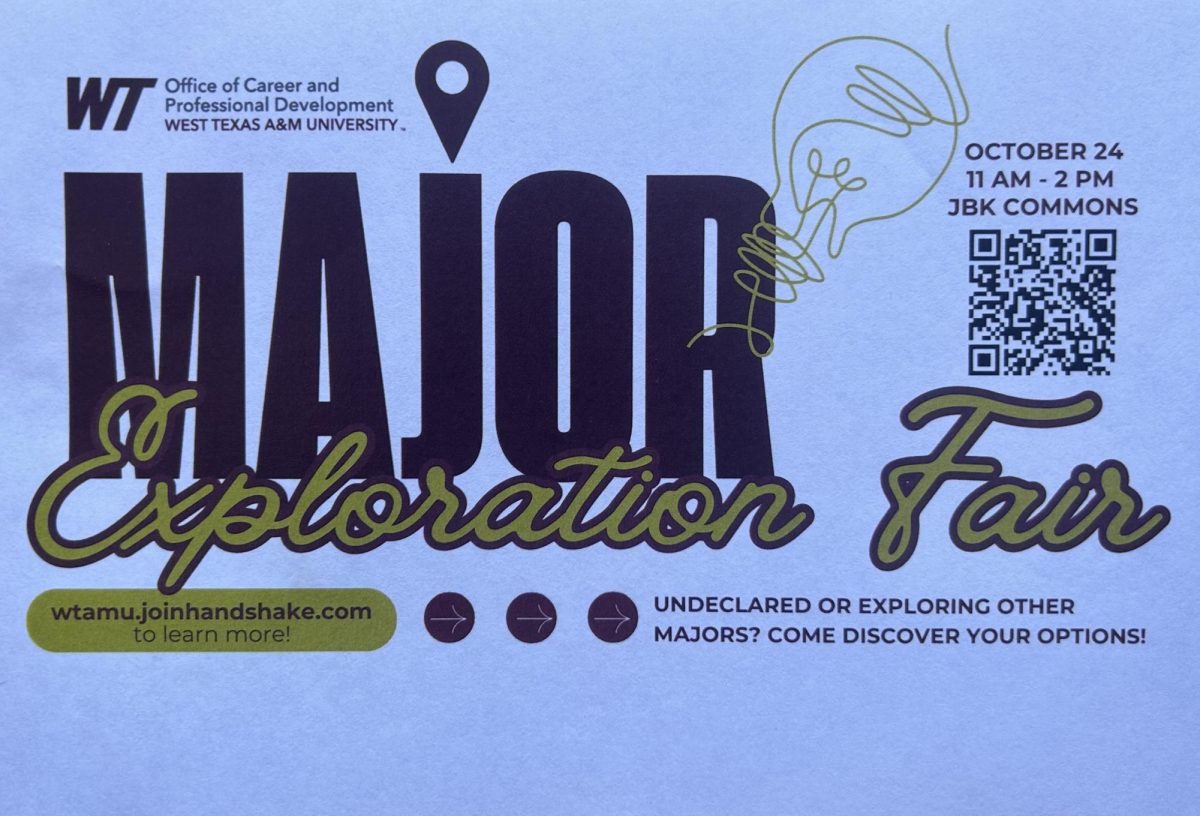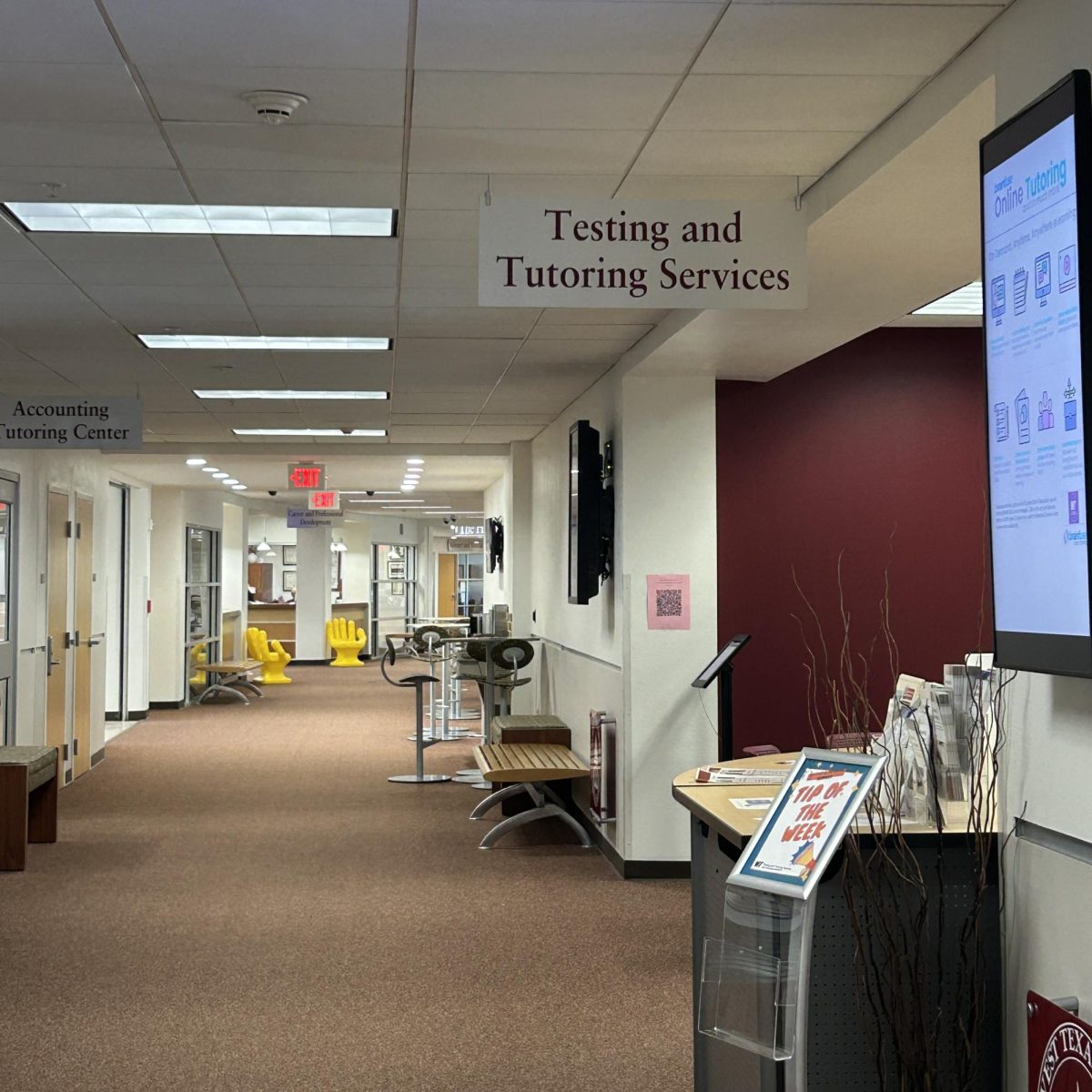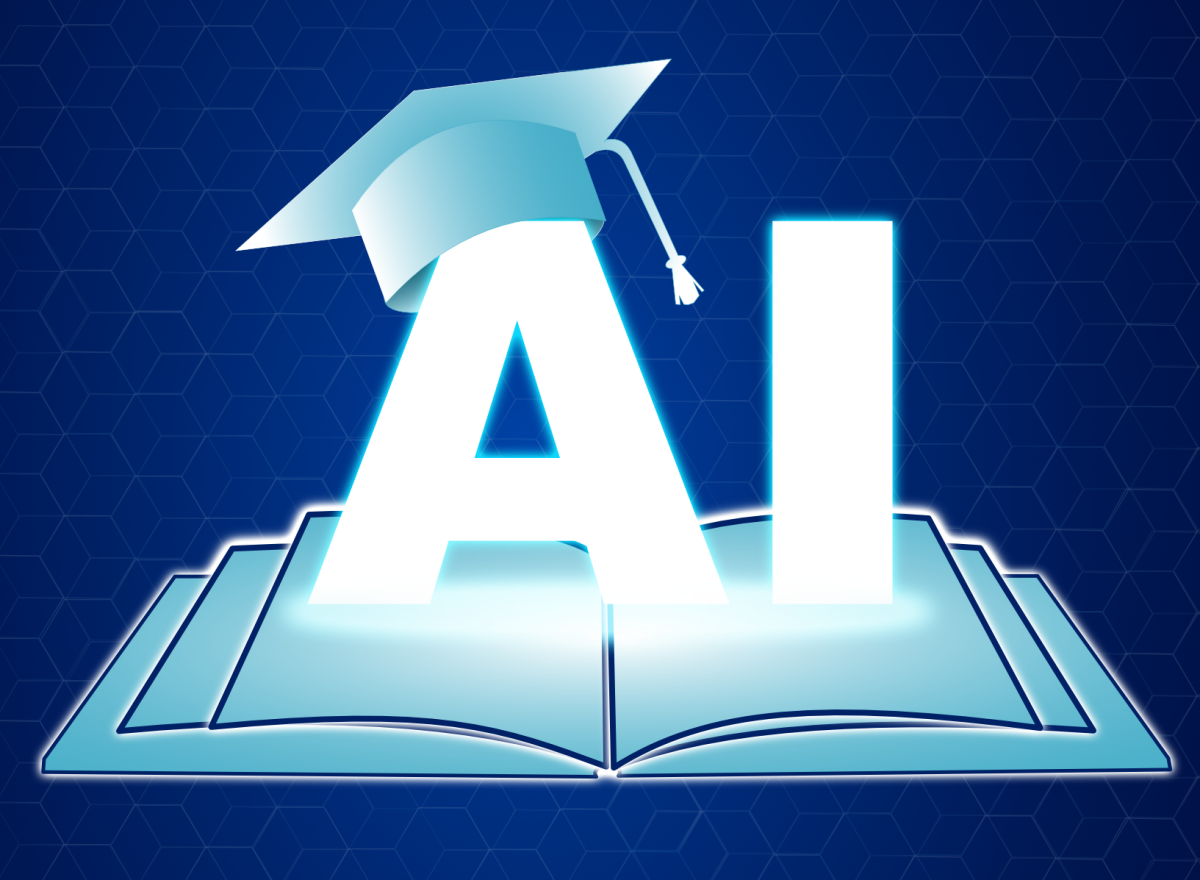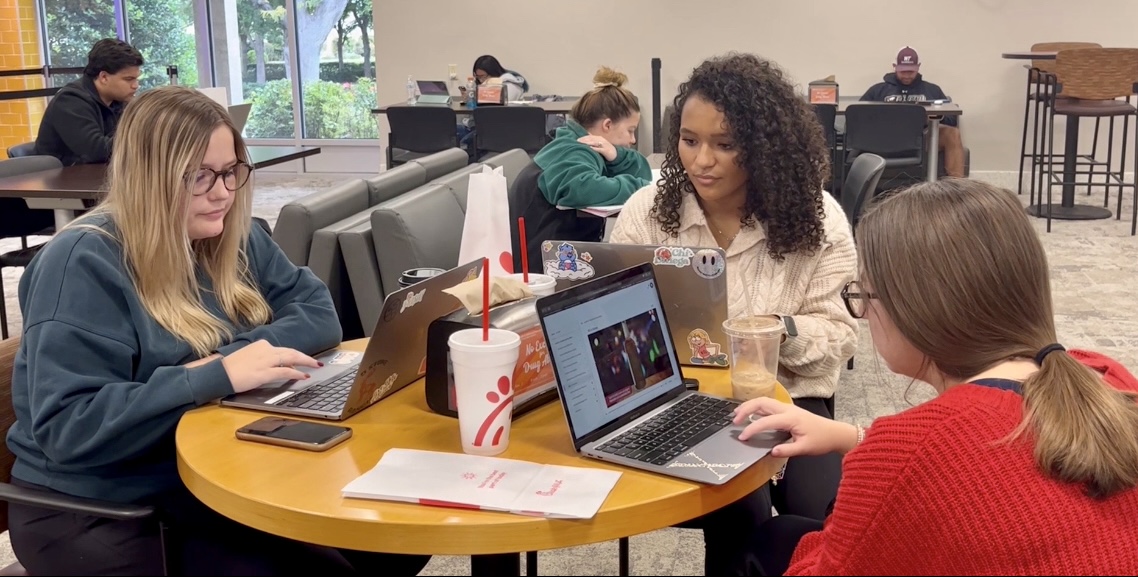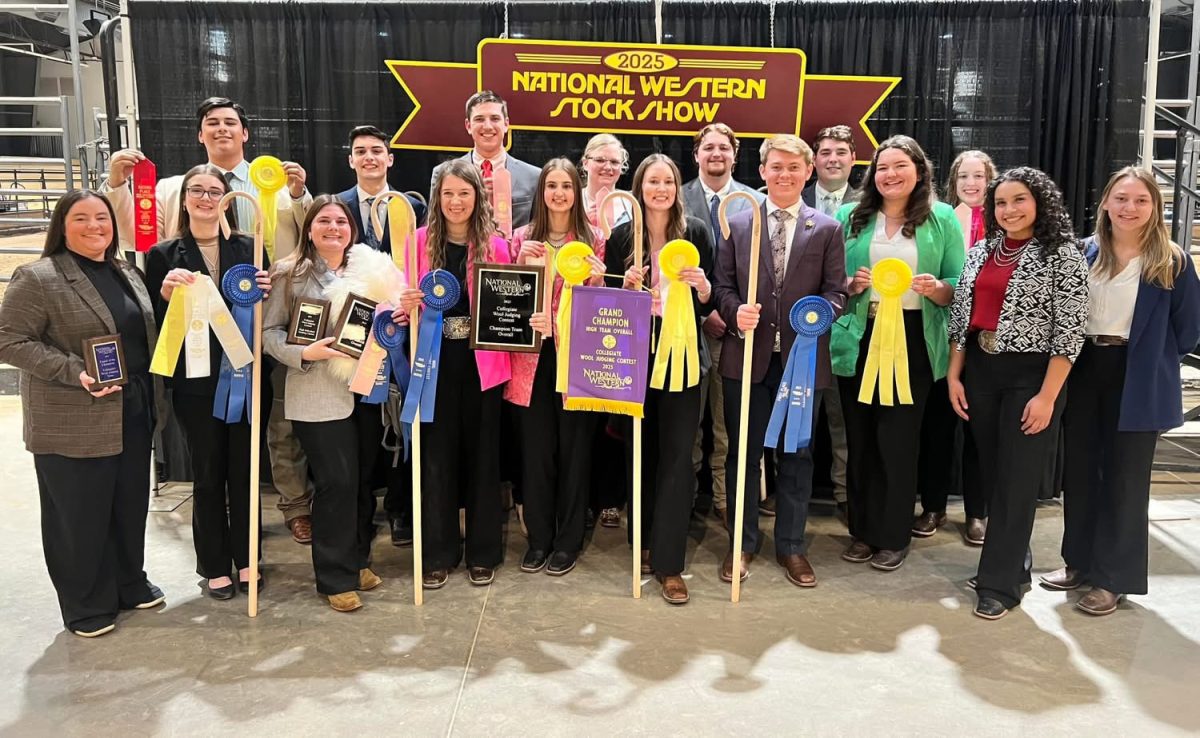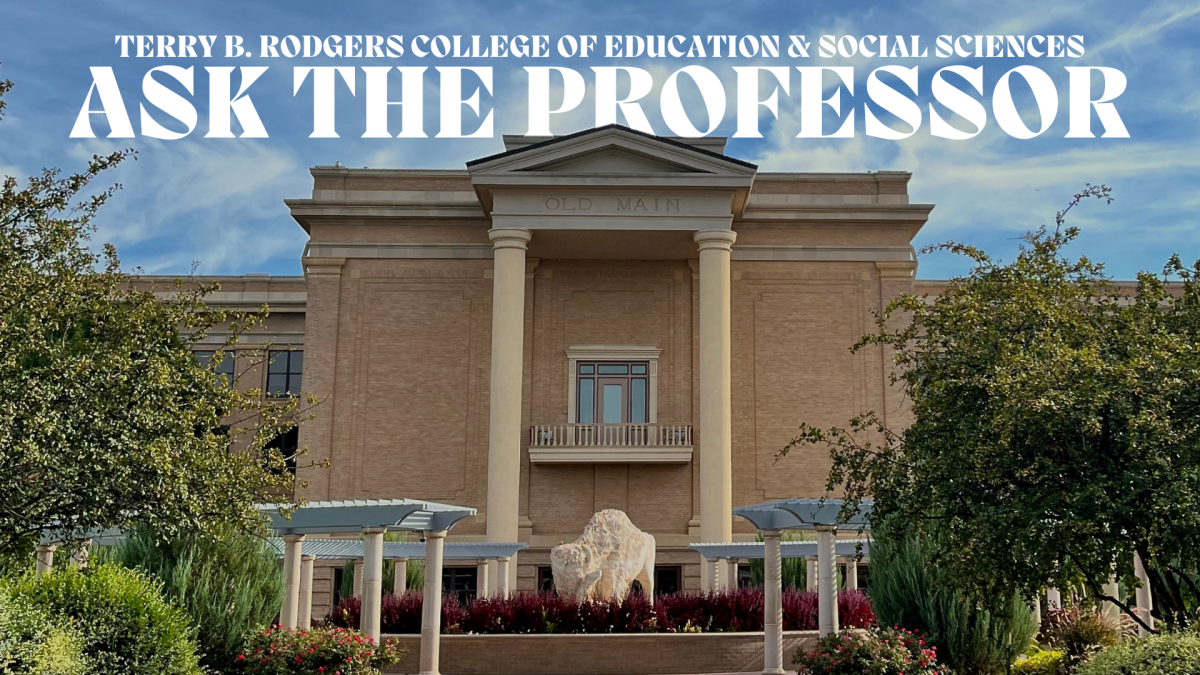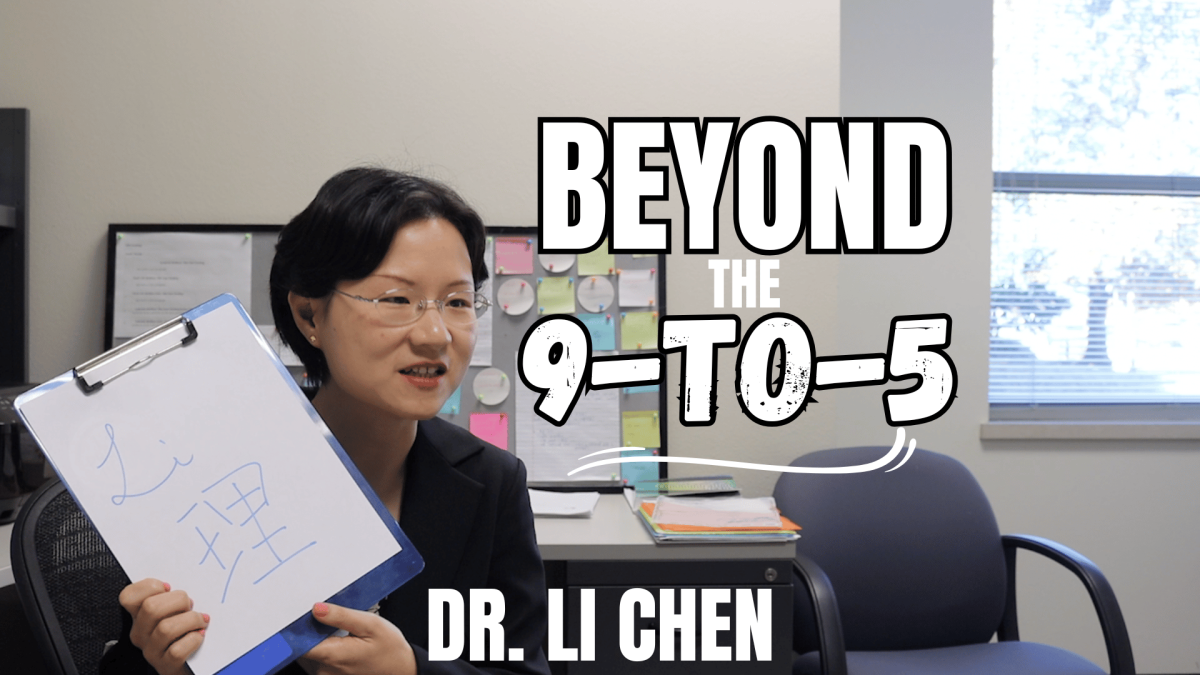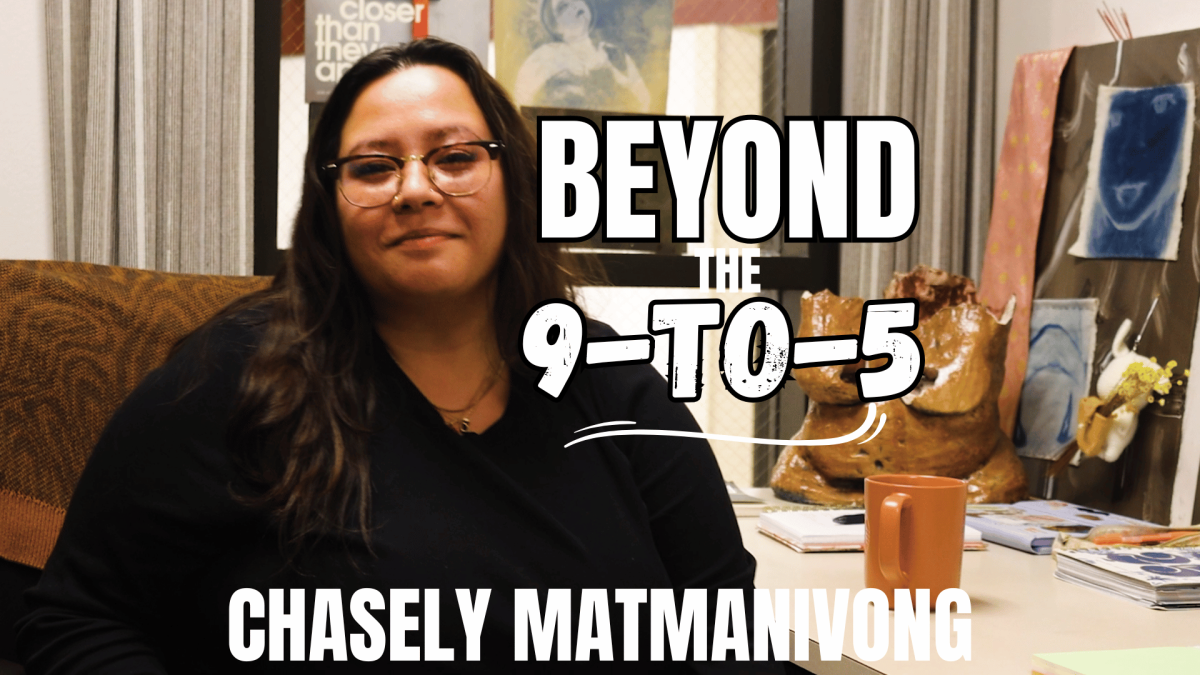Generative artificial intelligence is nothing new to society. According to TechTarget, AI has existed since the 1960s but could not create “convincingly authentic images, videos and audio of real people” until 2014. Generative AI has become increasingly popular, and 56% of college students surveyed by Best Colleges said they had used AI on assignments or exams. Nongenerative AI tools like Grammarly can help students write their academic assignments.
Grammarly corrects spelling and grammatical errors. This site can be used for free to find basic grammar and spelling mistakes, or people can pay for it to help with advanced grammar checks. In 2012, Grammarly surveyed its customers and found that 72% of students use Grammarly at least once a week for academic assignments.
Some universities advise students to use tools like Grammarly, even though it is an AI tool. Students should still exercise caution when using AI tools like Grammarly, especially when submitting assignments to plagiarism checkers like Turnitin, which has a 98% accuracy when detecting content created by AI.
Turnitin has an AI detector embedded in its website to detect when students have used generative AI and/or AI tools. When students submit assignments to Turnitin, the site compares their work to other sources to see how similar it can be. It will produce a similarity grade and alert the professors of this grade. Depending on the similar average, the student might be accused of plagiarism.
This happened to one student at the University of North Georgia Dahlonega Campus. Student Marley Stevens used the generative AI tool Grammarly to help with her criminal justice paper. After submitting it to Turnitin, she was flagged for plagiarism and put on academic probation. She now advises all students to check with their teachers to ensure that AI tools like Grammarly are okay to use on assignments.
Although the AI tool Grammarly is endorsed by some professors, generative AI is typically frowned upon in academic use. Since generative AI creates text, it is typically not welcomed in academic assignments, especially since it pulls from different sources and does not typically credit the sources used. People can give prompts to sites like ChatGPT, which will then produce text based on the prompt. There can be many concerns that come from using websites like ChatGPT, but a big concern in academic use is the ethics behind using generative AI.
West Texas A&M University lets faculty members choose between three options regarding generative AI for their students. The three options include no generative AI permitted whatsoever, generative AI can be used under some circumstances, or generative AI can be used with attribution.




